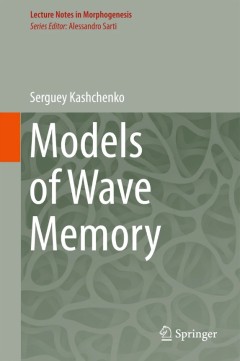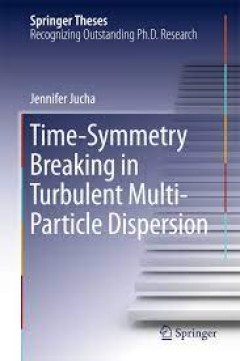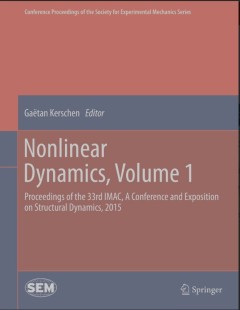Filter by

Models of Wave Memory
This monograph examines in detail models of neural systems described by delay-differential equations. Each element of the medium (neuron) is an oscillator that generates, in standalone mode, short impulses also known as spikes. The book discusses models of synaptic interaction between neurons, which lead to complex oscillatory modes in the system. In addition, it presents a solution to the prob…
- Edition
- 1
- ISBN/ISSN
- 978-3-319-19865-1
- Collation
- xxviii, 239
- Series Title
- Lecture Notes in Morphogenesis
- Call Number
- -

A Route to Chaos Using FPGAs: Volume I: Experimental Observations
The purpose of this introductory book is to couple the teaching of chaotic circuit and systems theory with the use of field programmable gate arrays (FPGAs). As such, it differs from other texts on chaos: first, it puts emphasis on combining theoretical methods, simulation tools and physical realization to help the reader gain an intuitive understanding of the properties of chaotic systems. …
- Edition
- Ed. 1
- ISBN/ISSN
- 978-3-319-18105-9
- Collation
- XXIII, 219
- Series Title
- Emergence, Complexity and Computation
- Call Number
- 004 MUT r

Time-Symmetry Breaking in Turbulent Multi-Particle Dispersion
This thesis presents experimental and theoretical investigations of the connection between the time asymmetry in the short-time evolution of particle clusters and the intrinsic irreversibility of turbulent flows due to the energy cascade. The term turbulence describes a special state of a continuous medium in which many interacting degrees of freedom are excited. One of the interesting phen…
- Edition
- -
- ISBN/ISSN
- 978-3-319-19192-8
- Collation
- 20 b/w illustrations, 22 illustrations in colour
- Series Title
- -
- Call Number
- -

Nonlinear Dynamics, Volume 1
Nonlinear Dynamics, Volume 1. Proceedings of the 33rd IMAC, A Conference and Exposition on Balancing Simulation and Testing, 2015, the first volume of ten from the Conference brings together contributions to this important area of research and engineering. The collection presents early findings and case studies on fundamental and applied aspects of Structural Dynamics, including papers on: N…
- Edition
- 1
- ISBN/ISSN
- 2191-5644
- Collation
- IX, 531
- Series Title
- Conference Proceedings of the Society for Experimental Mechanics Series
- Call Number
- -

Energy Flow Theory of Nonlinear Dynamical Systems with Applications
This monograph develops a generalised energy flow theory to investigate non-linear dynamical systems governed by ordinary differential equations in phase space and often met in various science and engineering fields. Important nonlinear phenomena such as, stabilities, periodical orbits, bifurcations and chaos are tack-led and the corresponding energy flow behaviors are revealed using the propos…
- Edition
- -
- ISBN/ISSN
- 978-3-319-17741-0
- Collation
- 65 b/w illustrations
- Series Title
- -
- Call Number
- -

Emergent Nested Systems A Theory of Understanding and Influencing Complex Sy…
This book presents a theory as well as methods to understand and to purposively influence complex systems. It suggests a theory of complex systems as nested systems, i. e. systems that enclose other systems and that are simultaneously enclosed by even other systems. According to the theory presented, each enclosing system emerges through time from the generative activities of the systems they e…
- Edition
- 1
- ISBN/ISSN
- 978-3-319-27550-5
- Collation
- 8 b/w illustrations, 98 illustrations in colour
- Series Title
- -
- Call Number
- -
 Computer Science, Information & General Works
Computer Science, Information & General Works  Philosophy & Psychology
Philosophy & Psychology  Religion
Religion  Social Sciences
Social Sciences  Language
Language  Pure Science
Pure Science  Applied Sciences
Applied Sciences  Art & Recreation
Art & Recreation  Literature
Literature  History & Geography
History & Geography